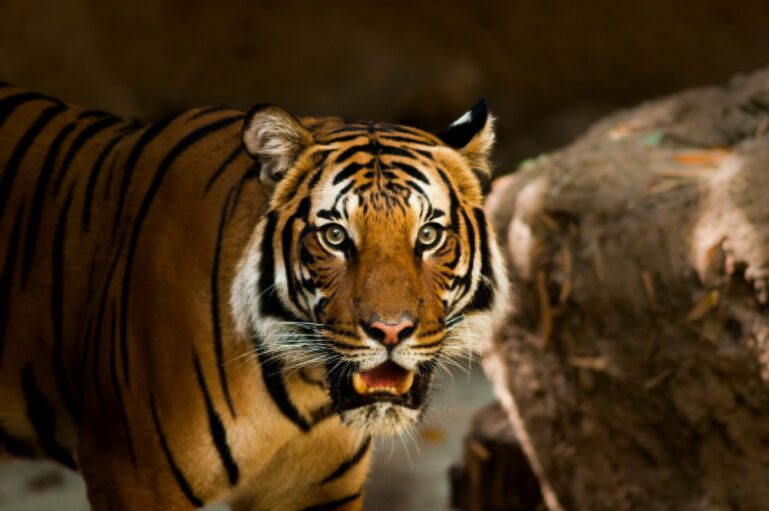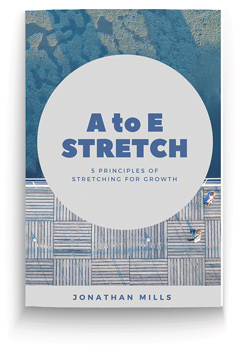Jean Henri Fabre, famed naturalist and explorer of the insect world, was born into a peasant family in France, raising ducklings to make some money. While tending the little birds in a nearby pond, he discovered other smaller creatures that dived, swam or wriggled – beetles, tadpoles, worms, mosquito larvae, newts and many insects. His curiosity was aroused and he ended up spending all available hours studying these creatures. Fabre excelled at school, taught himself algebra, mathematics, physics, chemistry, passed exams and finally became a professor at the University of Avignon.
Leon Dufour was the leading entomologist of those days. He studied the hunting wasp, which lays eggs on prey as a food-source for her young. He found fresh beetles in a wasp’s storage chamber dug in the ground, almost as if the beetles had been newly killed. Later, he found more of these burrows and the dead beetles were always fresh, even though the weather was hot. He felt that the wasp must sting the prey to death and simultaneously inject an antiseptic fluid that preserved the tissues from decay.
Fabre read all Dufour’s essays, but was confused by the antiseptic hypothesis – how could a wasp, with a sting finer than any hair, inject enough fluid to get to all parts of a beetle considerably larger than itself? Fired with curiosity, he dissected many “more than a month old” beetle bodies: the organs were as fresh as those of living insects. The truth suddenly came to him – the beetles were alive, but had been paralysed. The nervous system controlling movement had been put out of action. After months of patient study, Fabre found that the wasp held the beetle by the snout, pressing upon its back with her forefeet in order to open the prothorax joint between the first and second pair of legs and inserting her sting into that spot. The effect was instantaneous – with one convulsive movement the beetle fell, deprived of movement forever. Apparently, in most beetles, nerve centres are widely dispersed and situated in places where a wasp’s sting cannot penetrate, but in the Buprestis and weevils, the nervous system’s three ganglia are in one position and almost touching so that a single sting would put all three out of action. So, Fabre now understood why the beetle-hunting wasps confine themselves either to Buprestis or weevils and never interfere with others.
Upon reading the above research, I was struck that some managers are just as precise in attempting to gain control over employees. Like the hunting wasp, they deliberately inject venom into the environment to immobilise others and manipulate their own selfish climbing of the corporate ladder. The devastation caused by their ruthless behaviour paralyses employees who were once alive, but now cannot move. They were once highly motivated, but have now become quiet. Both the bounce in their step and their innovative spirit have been quelled.
Selfish leadership sends ripples of confusion throughout the organisation – a disconnect between company values and bad management behaviour erodes the employee value proposition and engenders a toxic work culture. This toxicity has to be addressed for employees to thrive again.










